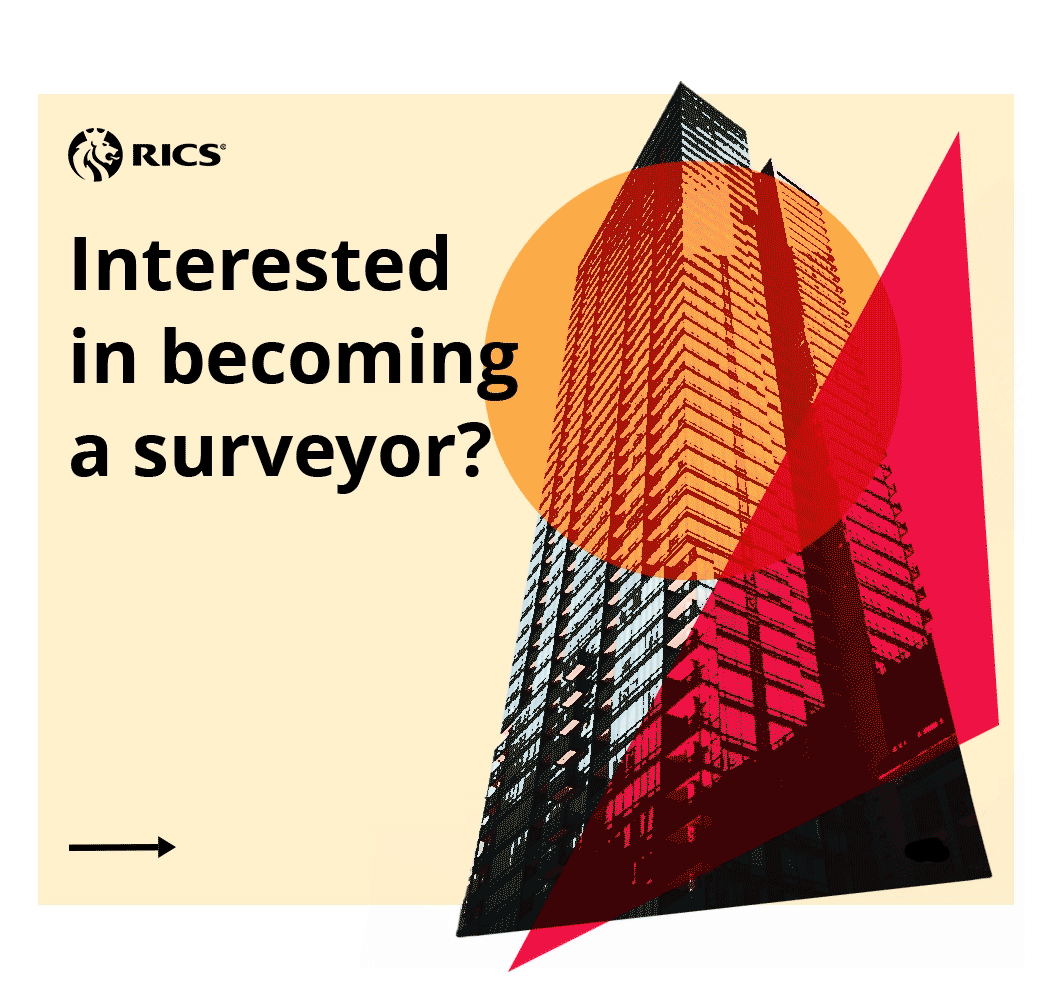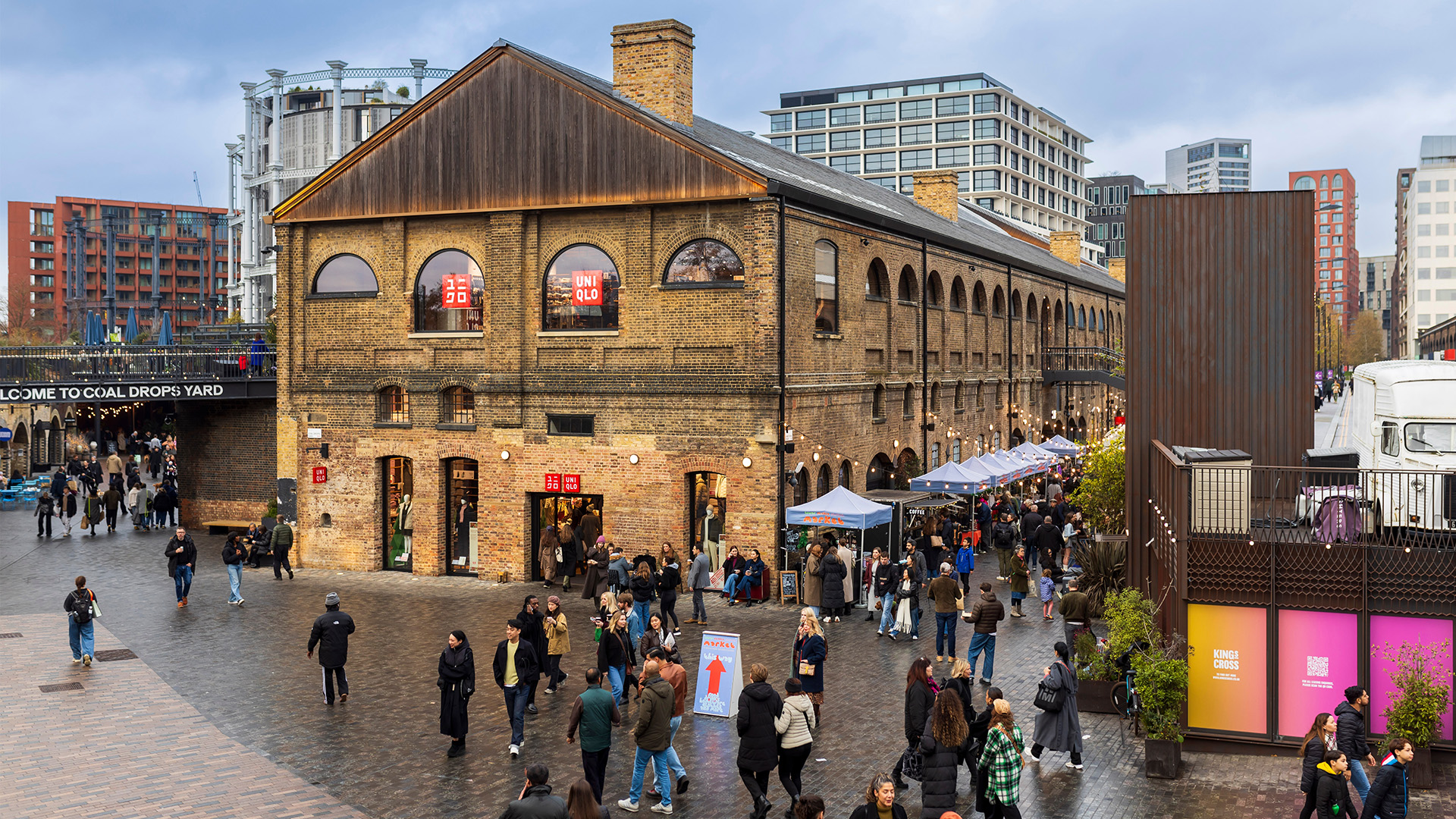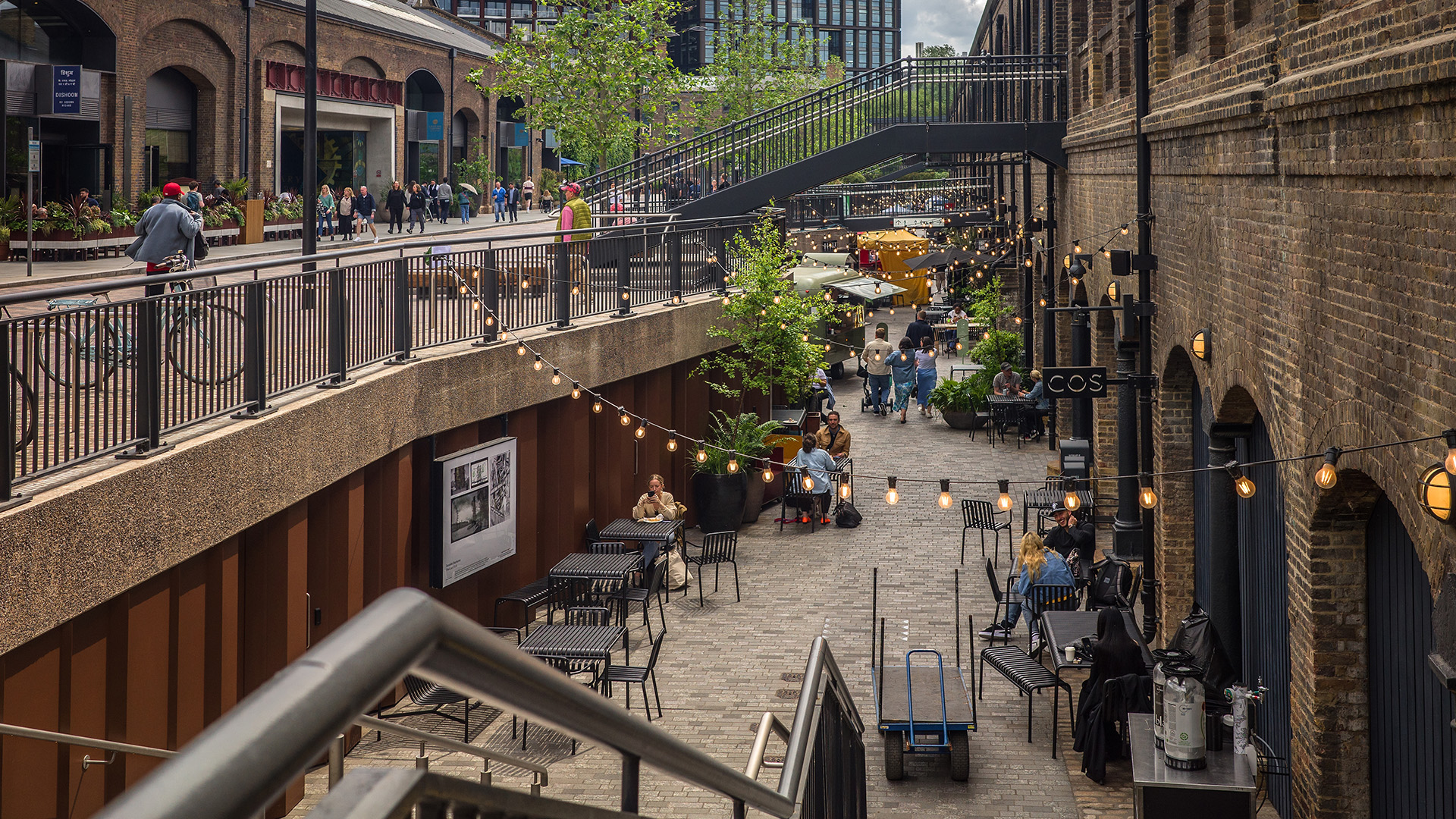
1000 Trees is a mixed used development in Shanghai designed by Heatherwick Studio. Photo by StudioSZ photo, courtesy of ArchDaily
The last 50 years have seen buildings go from functional to fantastical and even futuristic, as the way we interact with them continues to evolve.
A growing focus on sustainable and liveable cities has meant a progression from uninspiring concrete structures to 21st century developments, often resembling sanctuaries. Public spaces designed to promote wellbeing and social interaction are also increasingly commonplace.
“It has become clear the built environment plays a central role in determining public health outcomes,” states RICS’ 2023 Design, Delivery and Management of Healthy Buildings report. Among the topics covered in the report is the extent to which the built environment can mitigate chronic public health issues.
There is a growing realisation that facilities management (FM) surveyors have a visible role in assessing how occupants interact with and respond to buildings, leading to the creation of more engaging and human-centric spaces. An International WELL Building Institute study found that investing in healthy buildings (spaces that support the physical, psychological and social health and wellbeing of people) contributed to a 28% jump in workplace satisfaction and a 10% increase in perceived mental health.
“We're seeing more FMs leading on the corporate priorities of environmental issues, social issues, social value, and increasingly, health and wellbeing,” says Paul Bagust, principal head of professional practice at RICS and contributor to the 2023 report. “These elements are now basically incorporated into the day job.”
The FM strategy of real estate services provider CBRE means the company has shifted from reactive services to proactive, data-driven decision-making, often utilising ‘Smart FM’ features such as IoT sensors, fault detection and diagnostics or AI-powered Building Information Modelling (BIM). All of which help its FM teams with ESG goals, digital transformation and employee wellbeing.
Justin Halewood MRICS, global integrated alliance director at CBRE, says: “I’m a fan of the ‘Workplace PHD’ model – physical, human and digital – which emphasises FM’s place in balancing building performance with human experience.”
There is a difference, however, between internal and external FM roles. Internally, they can be solely responsible for managing aspects of the building's operation, such as temperature, air quality, noise levels, quiet areas, cycling facilities, and provisions like food and water. The goal is that the building supports an environment where occupants from school children, prisoners, to office workers, can function healthily and work productively.
Externally, in terms of public space, it is a different matter and not exclusively down to FMs. “They would be working with architects, designers, planners, developers and everybody else. This is much more about FM being integrated in the conversation,” says Bagust.
Early involvement in design
Just how early should the FMs be involved in the design of the building they are going to manage, instead of being handed a completed project that is the pride of architects?
“At the start. That would ideally be the case,” says Phil Higham FRICS, co-founder of RealWorth. He specialises in helping organisations identify the social value of places, projects, polices and programmes, and has been involved in schemes such as the 44-acre Earl’s Court redevelopment, and the £1.4bn Mayfield, Manchester regeneration.
“Let's be honest, most of that important work is done in the master planning and design phase, long before construction operation so it's the designers, master planners and commissioners that get their heads together and pretty much design what a place is going to look like,” says Higham.
After the development is completed and put into operation, the facilities managers, surveyors or asset managers “get handed something that's already made.”
Halewood says there is “probably a consensus” that FMs should be involved from the outset of projects. “On my team, our FMs are engaged in policy architecture, vendor training, and early-stage planning for smart commissioning. This early involvement helps to make sure our operational realities are reflected in the design, reducing lifecycle costs and enhancing usability.”
Related Argent’s transformation of 67 acres of King's Cross is held up as a prime example. “Ours is about the collaborative industry working together and King’s Cross is always seen as the as the development where that was factored in, and social value was really measured,” says Bagust.
At the heart of the Kings Cross scheme is Coal Drops Yard, the retail and leisure destination, designed by Thomas Heatherwick and opened in 2018. In his book, Humanise, the celebrated designer stated that visually unengaging structures are wasteful of resources and can cause poor mental health.
His aim is to buck against modern buildings and cities that lack soul, prioritising efficiency and profit over the wellbeing and emotional experience of the people who inhabit them: Kings Cross being the epitome of that aim. “What they do on the ground is reap benefits for everybody, not just for the occupants, but visitors, and neighbours,” says Higham.
King’s Cross is fundamentally driven by an urban masterplan that places high emphasis on the public realm and the space between the buildings, rather than just the buildings themselves, says Jack Sibley, head of proptech and innovation at Related Argent.
It is held in such high regard, he says because of “the high level of consistency which arises from having centralised curation of the human experience. That helps connect the architectural vision, management of the public realm and placemaking philosophy into a coherent customer journey and human experience.”
“On my team, our FMs are engaged in policy architecture, vendor training, and early-stage planning for smart commissioning” Justin Halewood MRICS, CBRE
Measuring success
From an FM perspective, Sibley says no matter how well things are planned, “you can only truly understand how a building will perform across energy, comfort, and operations once the building is inhabited and people are interacting with it on a day-to-day basis.”
Knowing whether they work and how they work is fundamental, says Bagust: “You have got to be able to measure it, to benchmark it, and you have to be able to improve.
“If you can't measure it in a way that people are comfortable with, then how do you look at your success? It is the constant improvement which is really what we're talking about.”
This is where technology comes into its own, with the FM’s growing involvement in data gathering so tenants can get feedback about the performance of their spaces, even down to the toilets. CBRE has “a very cool device”, says Halewood, that allows them to remotely monitor the supply of consumables in restrooms in India: “Our team are able to anticipate shortages and top up the necessary supplies before they run out.”
Another example of the role of technology is the use of augmented reality (AR), with the CBRE team using wearable tech for remote maintenance and safety assessment, that “makes sure everyone works in a safer and more informed way,” says Halewood.
Although, as Sibley points out, technology is evolving so quickly that writing anything definite into a contract means it could be outdated by the time a building is delivered: “We don’t see building handover as the end of the journey. For us, that’s when the technology journey begins.”
He adds: “We don’t necessarily need to make our buildings as smart as possible at practical completion. If you aim for practical completion as a hard deadline, it forces you to make technology decisions three or four years earlier during broader building design phase, but technology evolves rapidly.”
Instead, Related Argent focuses on producing a solid foundation which can integrate into third-party solutions. “Then we look to evolve the tech stack over time. In short, what’s cutting-edge in 2021 may be outdated by 2025 – so this approach allows us to deliver a ‘smarter’ building that is more aligned with end-user needs,” says Sibley.
Ultimately, the role of understanding and advising on health and wellbeing is complex and requires collaboration, says Olga Turner Baker MRICS in RICS’ 2023 Healthy Buildings report. She adds: “working together as a profession to create better places will not only support healthy populations, but also help to grow healthy economies.”





